Hal Sperlich, Architect of Chrysler Minivan and K-Car, Passes at 95
Automotive Hall of Famer Revolutionized the Market...
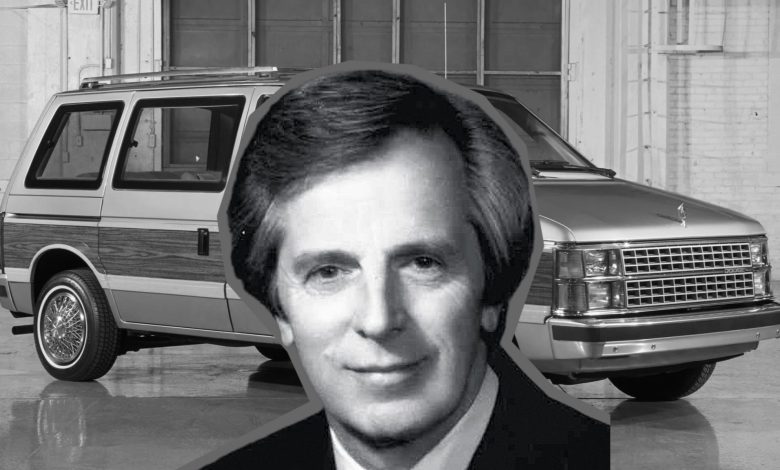
Hal Sperlich, the visionary automotive executive who spearheaded the creation of the Ford Mustang, the Chrysler K-Car, and the revolutionary Chrysler minivan, passed away on January 20, 2025, at the age of 95. His family confirmed his death, marking the loss of a true innovator who left an indelible mark on the automotive industry.
Born and raised in Michigan, Sperlich earned his mechanical engineering degree from the University of Michigan and began his career at Ford in 1957 as a product planner. His forward-thinking approach quickly became evident as he led the development of the Ford Mustang. Released in 1964, the Mustang redefined the American automotive market, creating the “pony car” segment with its stylish, affordable, and customizable design. The Mustang’s success was unparalleled, selling over 400,000 units in its first year.
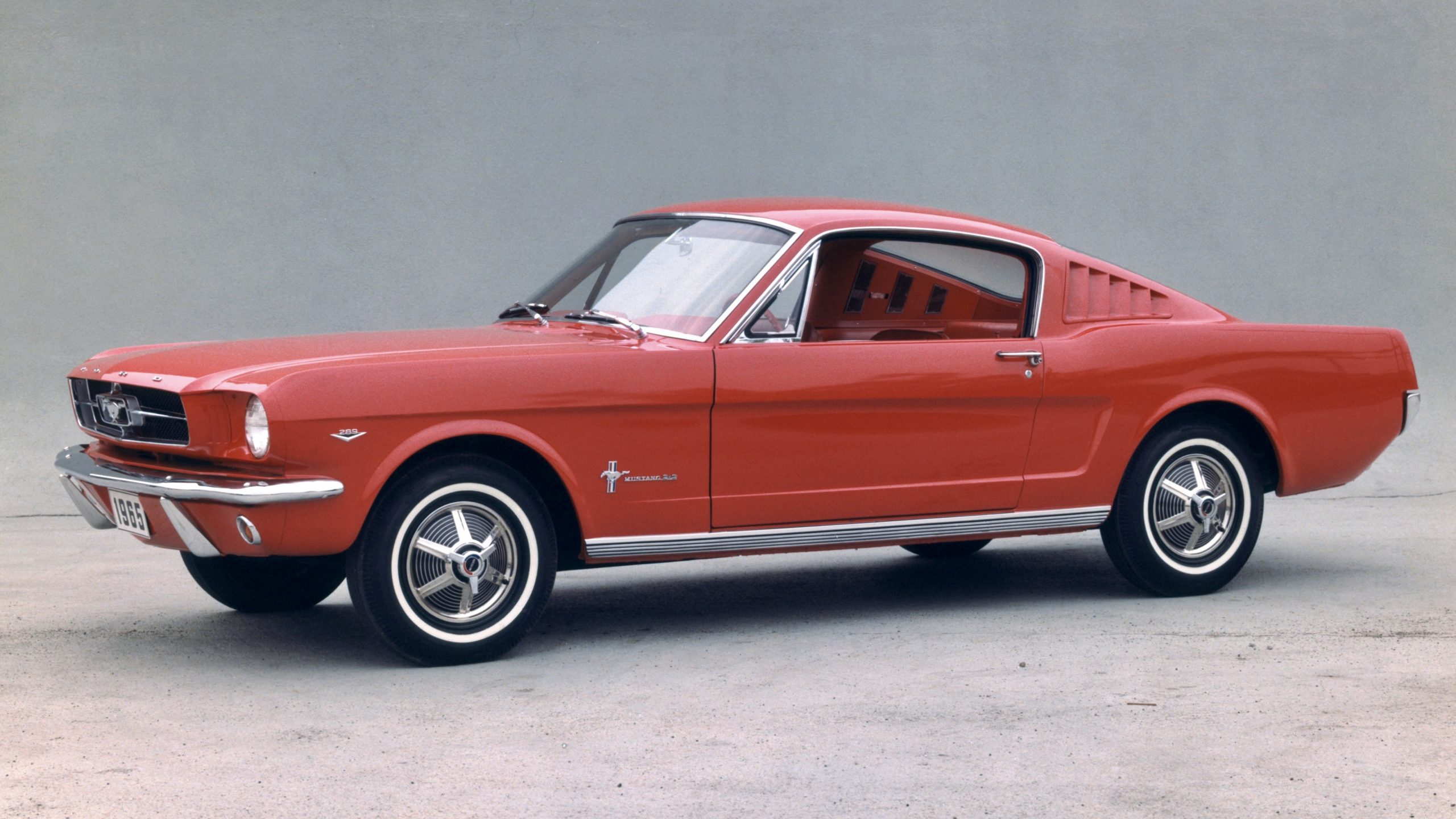
Sperlich’s innovative streak didn’t stop there. He foresaw the need for efficient, versatile vehicles long before the rest of the industry caught on. However, his ambitious proposals for compact, front-wheel-drive cars and a new type of family-friendly “people mover” were met with resistance at Ford, prompting his departure in 1977.
At Chrysler, Sperlich found the freedom to pursue his groundbreaking ideas. He developed the K-Car platform, a compact, front-wheel-drive architecture that helped rescue Chrysler from financial ruin. The K-Cars not only brought affordability and efficiency to American drivers during a time of economic uncertainty but also laid the foundation for Sperlich’s most transformative project: the Chrysler minivan.

Launched in 1983, the Chrysler minivan revolutionized family transportation. Built on the K-Car platform, the minivan offered spacious interiors, easy access with sliding doors, and car-like drivability, all wrapped in a compact footprint. It created an entirely new vehicle segment that catered to the growing needs of American families. The Chrysler minivan became a cultural phenomenon, dominating the market and reshaping how families traveled.
Sperlich’s close collaboration with Lee Iacocca, first at Ford and then at Chrysler, was pivotal in bringing these revolutionary vehicles to market. Together, they created some of the most iconic vehicles in history and proved that bold, innovative ideas could thrive in an industry often resistant to change.
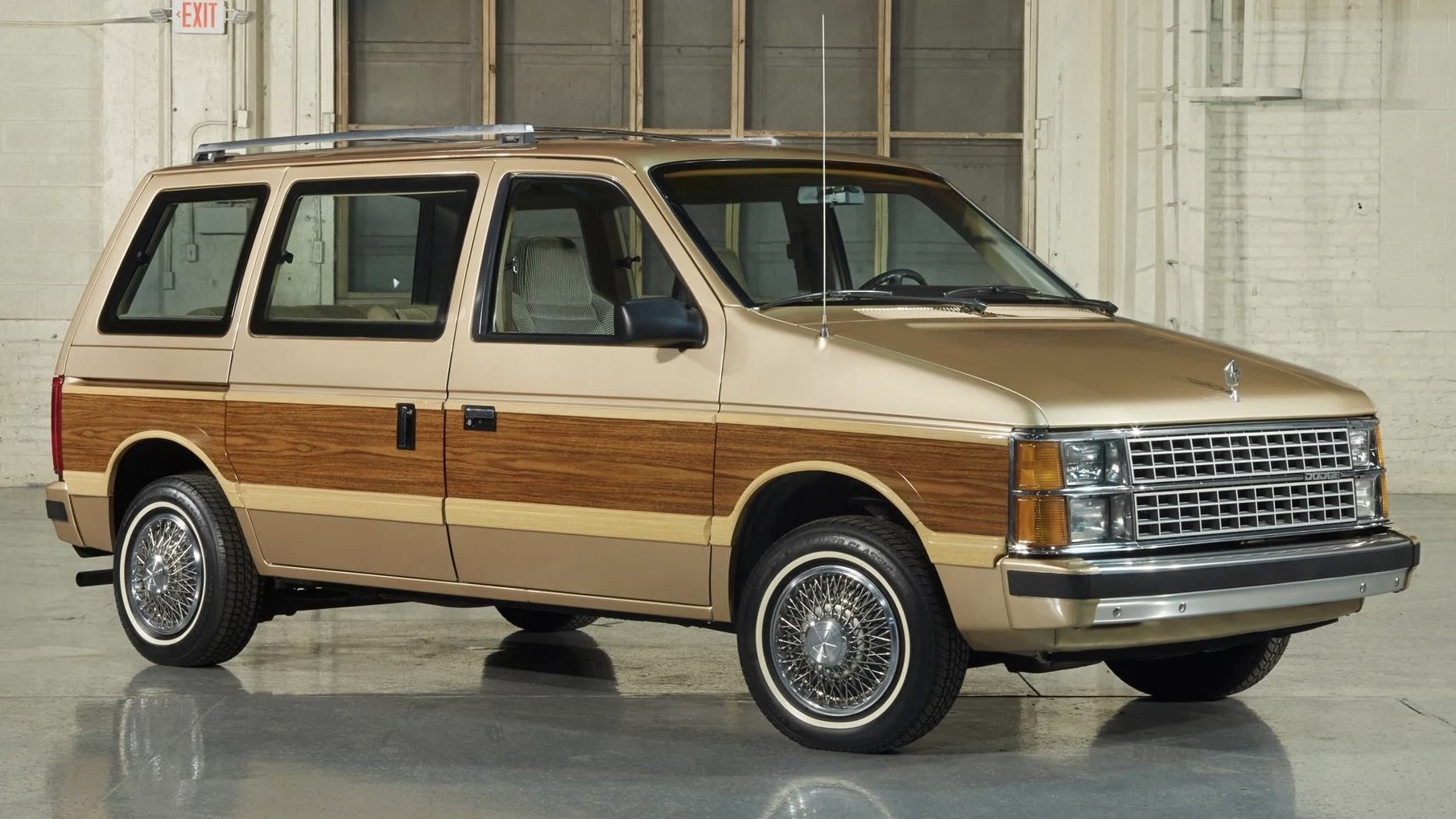
In 2009, Sperlich’s remarkable contributions to the automotive world were honored with his induction into the prestigious Automotive Hall of Fame. The recognition celebrated his ability to foresee trends, translate them into innovative designs, and bring transformative vehicles to market.
He retired from Chrysler in 1988, leaving a legacy that has influenced the automotive world for decades.
Sperlich’s passing is a profound loss for the automotive community, but his work lives on in the millions of vehicles inspired by his ideas. From sporty coupes to family movers, Hal Sperlich reshaped the automotive landscape and brought innovation into the lives of everyday drivers.
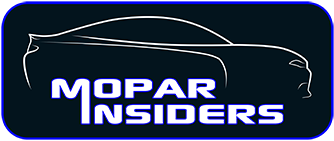
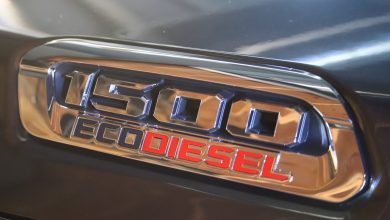
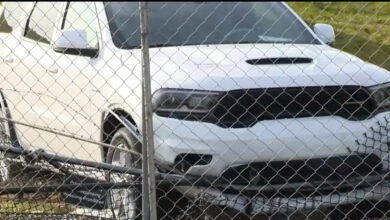
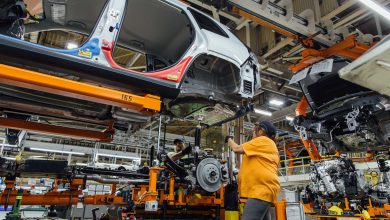
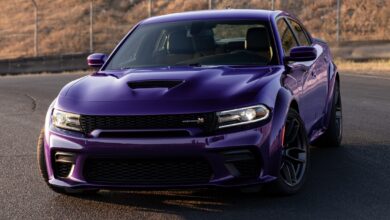
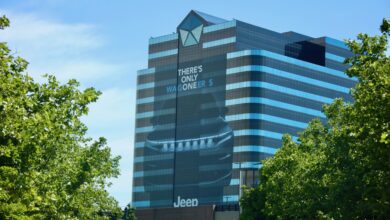
No replies yet
Loading new replies...
Join the full discussion at the Mopar Insiders Forum →